Table of Contents:
- Introduction
- Understanding POTS
- Which is the Best POTS Syndrome Diet?
- Food to Avoid with POTS
- How to Lose Weight with POTS Syndrome?
- POTS Diet: What You Need to Know
Postural orthostatic tachycardia syndrome (POTS) is a condition characterized by dizziness, a rapid heart rate, or a drop in blood pressure when standing up. The number of POTS diagnoses has increased significantly since the COVID-19 pandemic, and it is estimated to affect between 5,00,000 and 30,00,000 people in the United States. In some cases, POTS may resolve on its own over time. Additionally, lifestyle changes, such as POTS diet modifications, can help alleviate symptoms. This guide will explore more about POTS, diets associated with the condition, and other important details.
Master ACLS Now
Get ACLS certified with confidence
Read More: An Ultimate Guide to Cardiac Conduction System
Which is the Best POTS Syndrome Diet?
POTS is a type of orthostatic intolerance, meaning an inability to stand up in certain situations without experiencing symptoms. It is associated with an abnormally rapid heart rate, or tachycardia, and is a disorder of the autonomic nervous system, which regulates functions like heart rate and digestion. The condition is more common in women aged 15 to 50 years.
Patients with POTS may experience a variety of symptoms, including lightheadedness, brain fog, tremors, gastrointestinal (GI) distress, blood pooling, nausea, and more. Simple activities like eating, showering, or engaging in low-intensity exercise can exacerbate these symptoms, making daily life challenging for those with POTS.
While most patients require both pharmacological and non-pharmacological treatments, a POTS diet plan is a key component in managing symptoms.
There is no single recommended diet for POTS patients. Making dietary changes that help maintain proper blood pressure levels can alleviate symptoms. Here are five top tips to help you create an effective POTS meal plan.
Stay Hydrated
Experts recommend that people with POTS pay special attention to their fluid intake, as the condition can make some individuals more sensitive to dehydration. Staying hydrated helps improve blood flow to the brain, which can reduce dizziness.
Studies show that drinking 16 oz of water can raise blood pressure by more than 30 mmHg within 5 minutes. The amount of water you need varies based on your body size, activity level, and weather conditions.
Have Some Salt
Consult a healthcare professional to know how to increase salt intake for POTS. Increasing salt intake can be beneficial for POTS patients, as it helps raise blood pressure. In fact, increasing salt is often the first treatment option recommended for people with POTS.
Your healthcare provider may suggest consuming between 6 g to 10 g of extra salt per day, which is about five times the amount recommended for the average person. Your specific target may vary depending on your health, baseline blood pressure, and other symptoms.
Here are some excellent ways to include more salt in your POTS diet plan:
- Eat nutrient-rich, salty foods such as canned beans, soup, and nuts.
- Sprinkle salt on foods like salads, fruit, and cottage cheese.
- Add a pinch of salt to your drinking water.
- Take salt tablets.
Have Small, Frequent Meals
When you eat a large meal, your body diverts blood to the stomach for digestion, which can leave you feeling dizzy. Instead, try eating six small meals throughout the day to ease POTS symptoms. This approach can also help you increase your fluid intake.
Eat a Variety of Nutrients
POTS is often linked to digestive discomfort, so it’s important to eat foods that support gut health. These include:
- Probiotics found in kimchi, yogurt, and other fermented vegetables
- Prebiotic-rich foods that feed healthy gut bacteria, such as chickpeas, beans, and nuts
- Fiber-rich foods, including flaxseeds, oats, and peaches
- Antioxidant-rich fruits and vegetables
Talk to a Healthcare Provider About Caffeine Intake
Research on POTS and caffeine is mixed. While caffeine may help some individuals, it can worsen symptoms for others. Healthcare providers emphasize that caffeine should not be used as a treatment for POTS until other medical treatments have been tried.
It’s best to consult a healthcare professional before consuming caffeine if you have POTS.
Read More: Post-cardiac Arrest Care (ACLS)
Food to Avoid with POTS
The food that worsens POTS symptoms can vary from person to person. Since POTS is often linked to gastrointestinal issues like diarrhea, avoiding high-carbohydrate foods that are difficult to digest may help.
Here are some food types to limit:
- Certain dairy products, wheat, and onions
- Ultra-processed foods
- Added sugar
- Artificial sweeteners
People with POTS should also avoid alcohol, as it can dehydrate the body and negatively impact blood pressure, leading to dizziness.
Most importantly, you must also lose some weight to alleviate all POTS symptoms. Your food intake matters the most during this time, which is why experts recommend following a POTS diet to ensure your body becomes healthier over time.
How to Lose Weight with POTS Syndrome?
POTS often develops during pregnancy or after the immune system is triggered by a virus, vaccine, or surgery. In addition to dizziness, a rapid heart rate, and low blood pressure, people with POTS may also experience the following symptoms:
- Muscle weakness
- Headaches
- Nausea
- Blurred vision
- Heart palpitations
POTS has been linked to the following conditions, too:
- Brain fog
- Stomach issues, like feeling full quickly or abdominal pain
- Abnormal sweating, either excessively or not enough
- Sensitivity to heat and cold
POTS can be a frustrating condition as it significantly impacts daily life. In addition to modifying your diet, several lifestyle changes can help manage POTS symptoms and promote weight loss. It’s important to consult with your healthcare provider about what they recommend for your specific symptoms. They may suggest the following strategies for weight loss:
-
Exercising
Physical activity can be challenging when you frequently feel unstable, so it’s best to start slowly. Begin with just a few minutes of exercise at a time and gradually increase the duration. Seated exercises, such as using a stationary bike, hand weights, or a rowing machine, may be more manageable for those with POTS.
-
Wearing Stockings
Compression stockings can help direct blood flow upward and prevent dizziness. They are available at most pharmacies or online stores.
-
Prioritizing Sleep
POTS can often disrupt sleep. Improving your sleep hygiene, such as going to bed at the same time each night and keeping screens out of the bedroom, may help you get better rest.
-
Avoiding Heat
Heat can exacerbate POTS symptoms, so it’s important to keep your home cool and avoid exposure to extreme heat, such as the summer sun, saunas, or hot tubs.
POTS Diet: What You Need to Know
POTS syndrome is common in many people, but it is very easy to control the condition. You can always approach your healthcare provider for a perfect POTS diet plan that can help you get back to your normal self. If you want to learn more about the POTS diet plan and the different ways to lose weight during this condition, consider enrolling in an ACLS Certification Course Online program.
References







